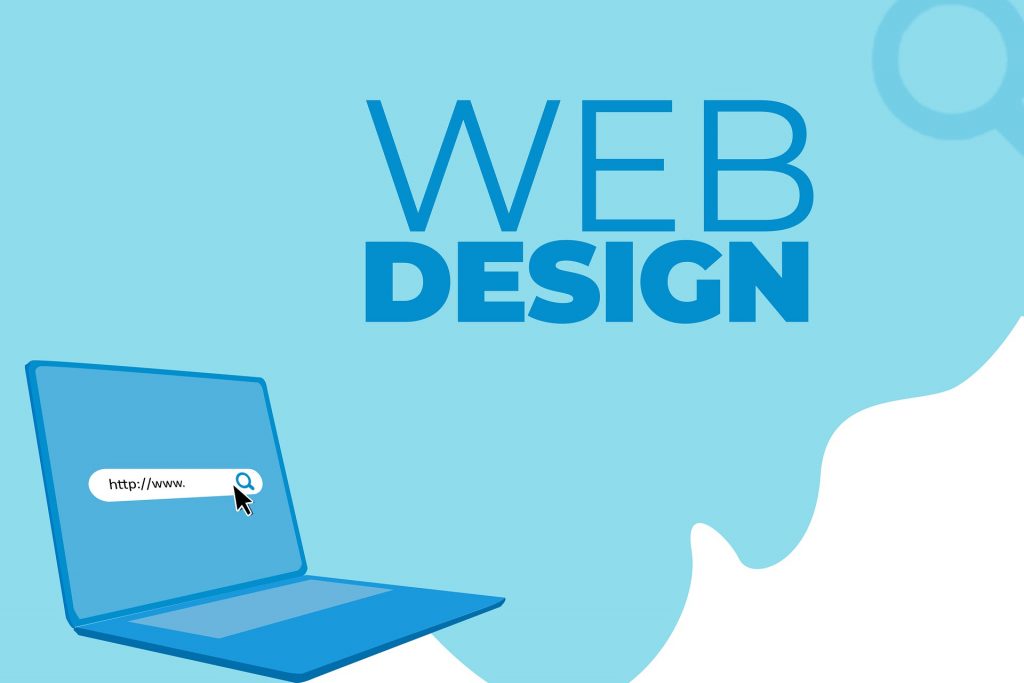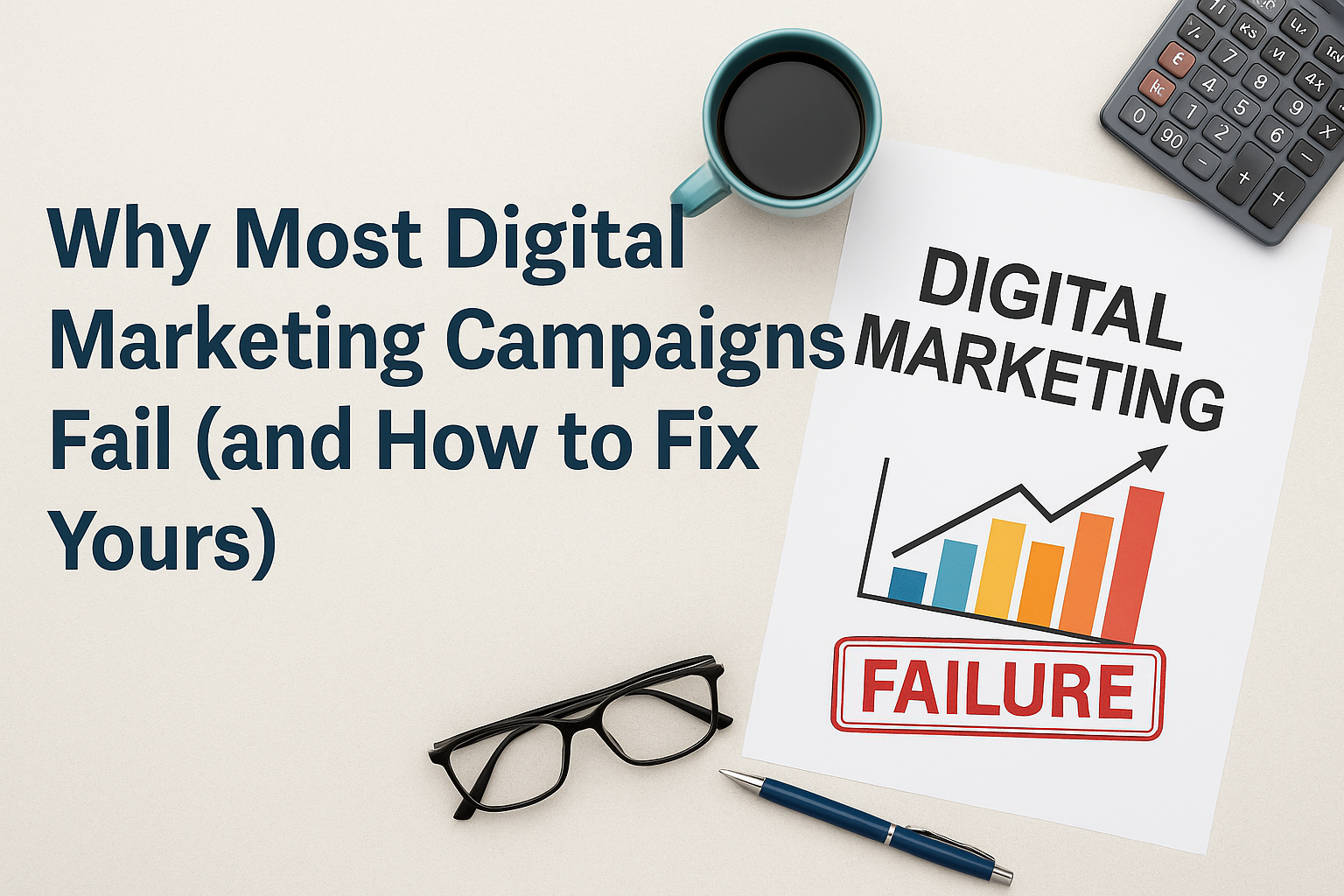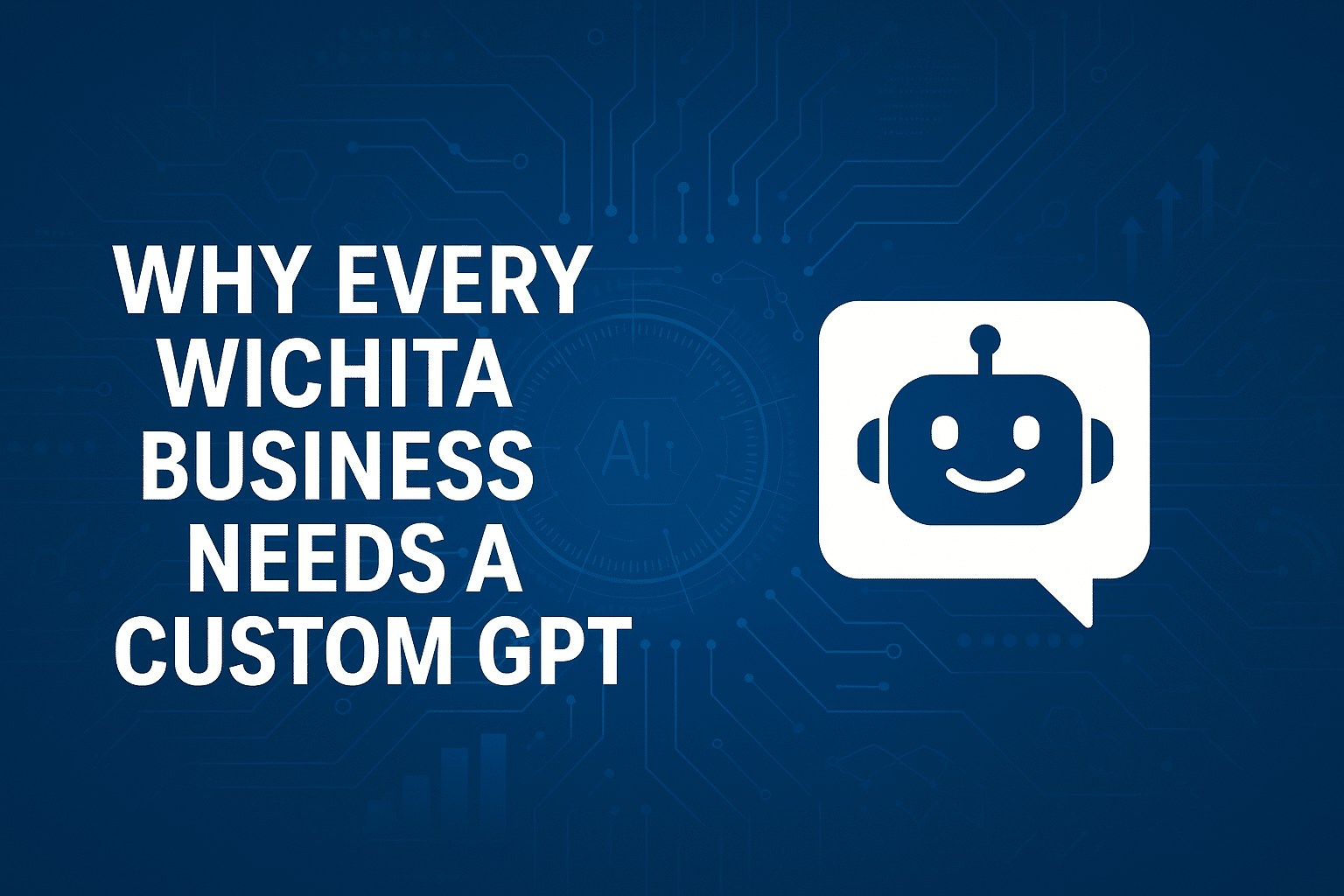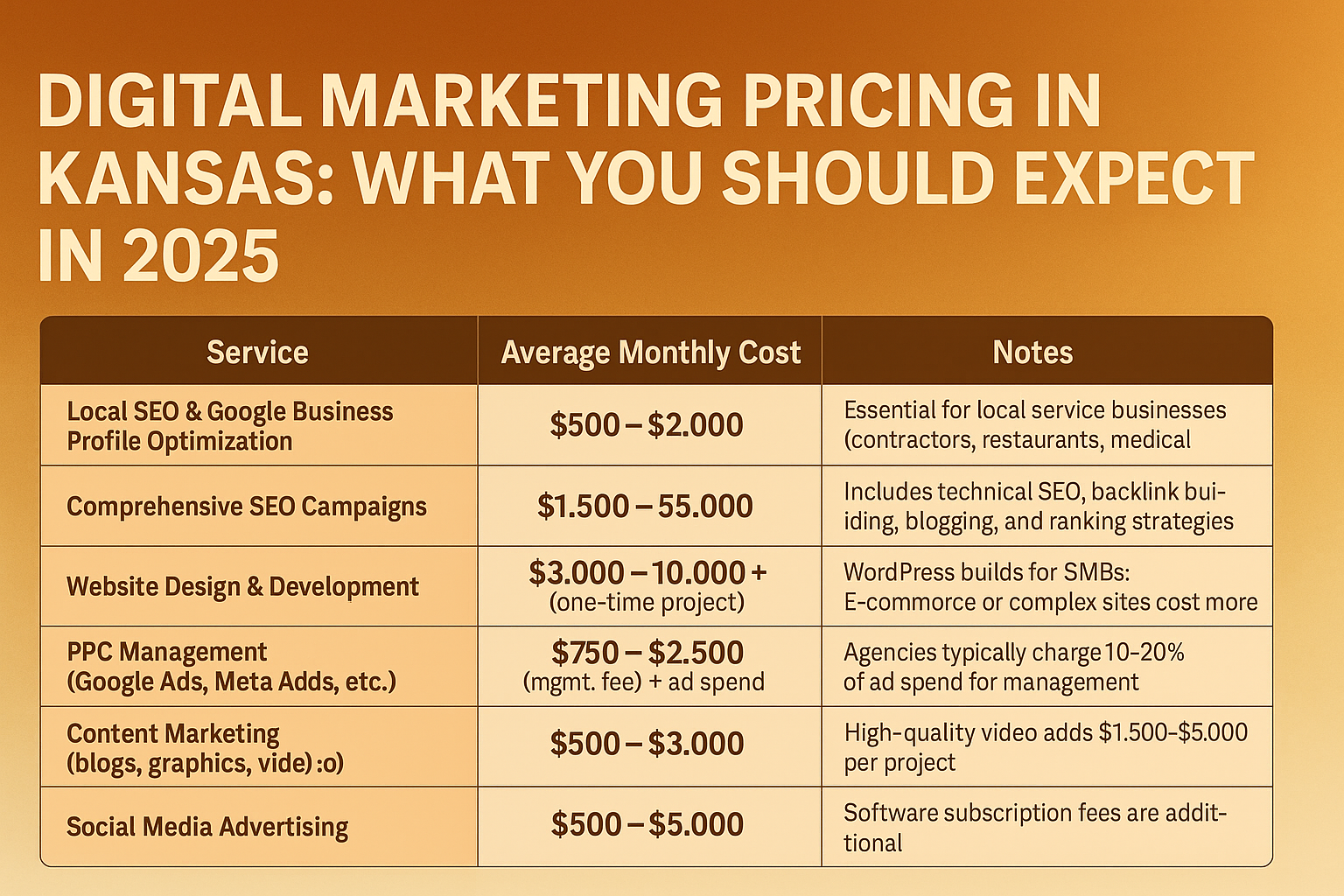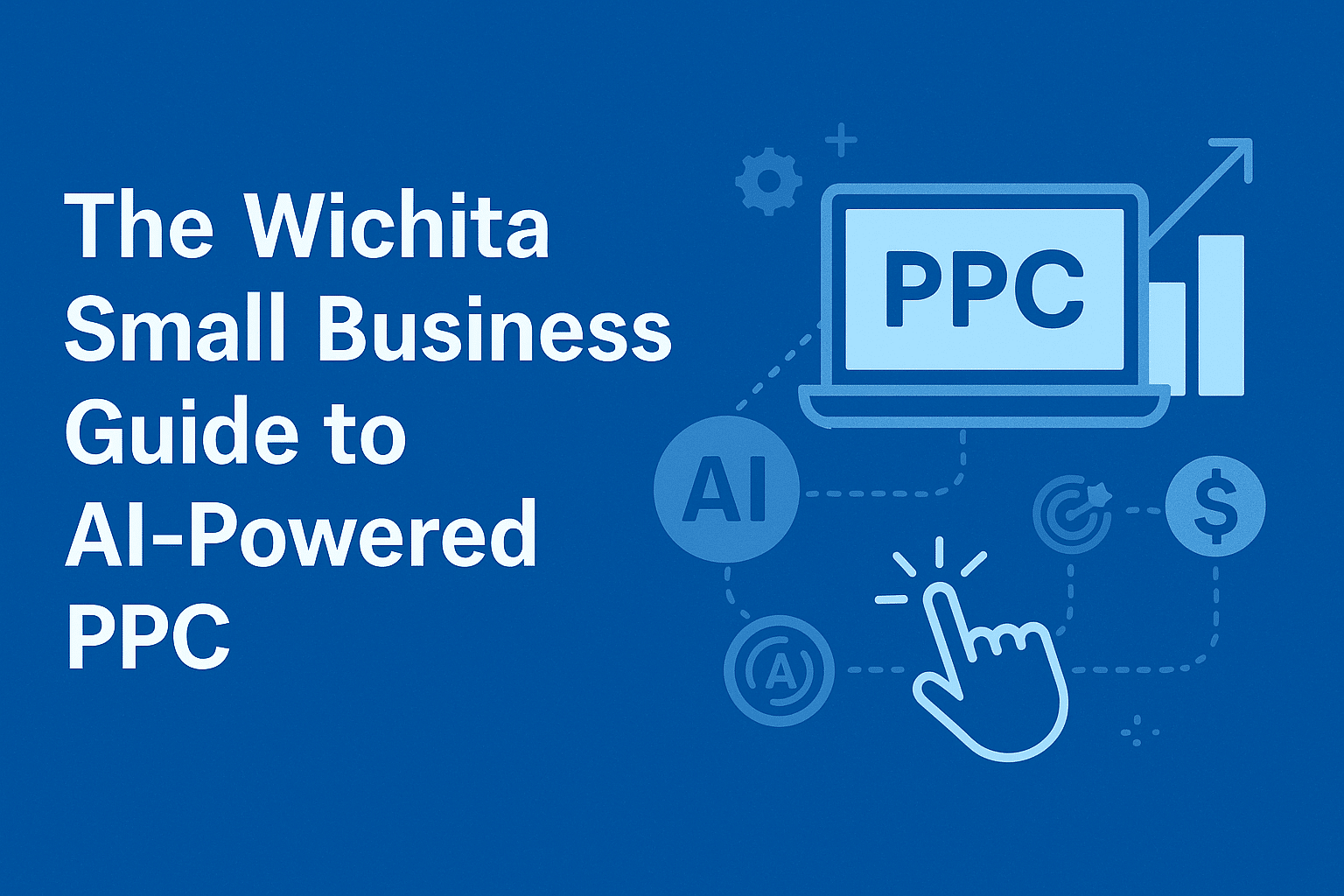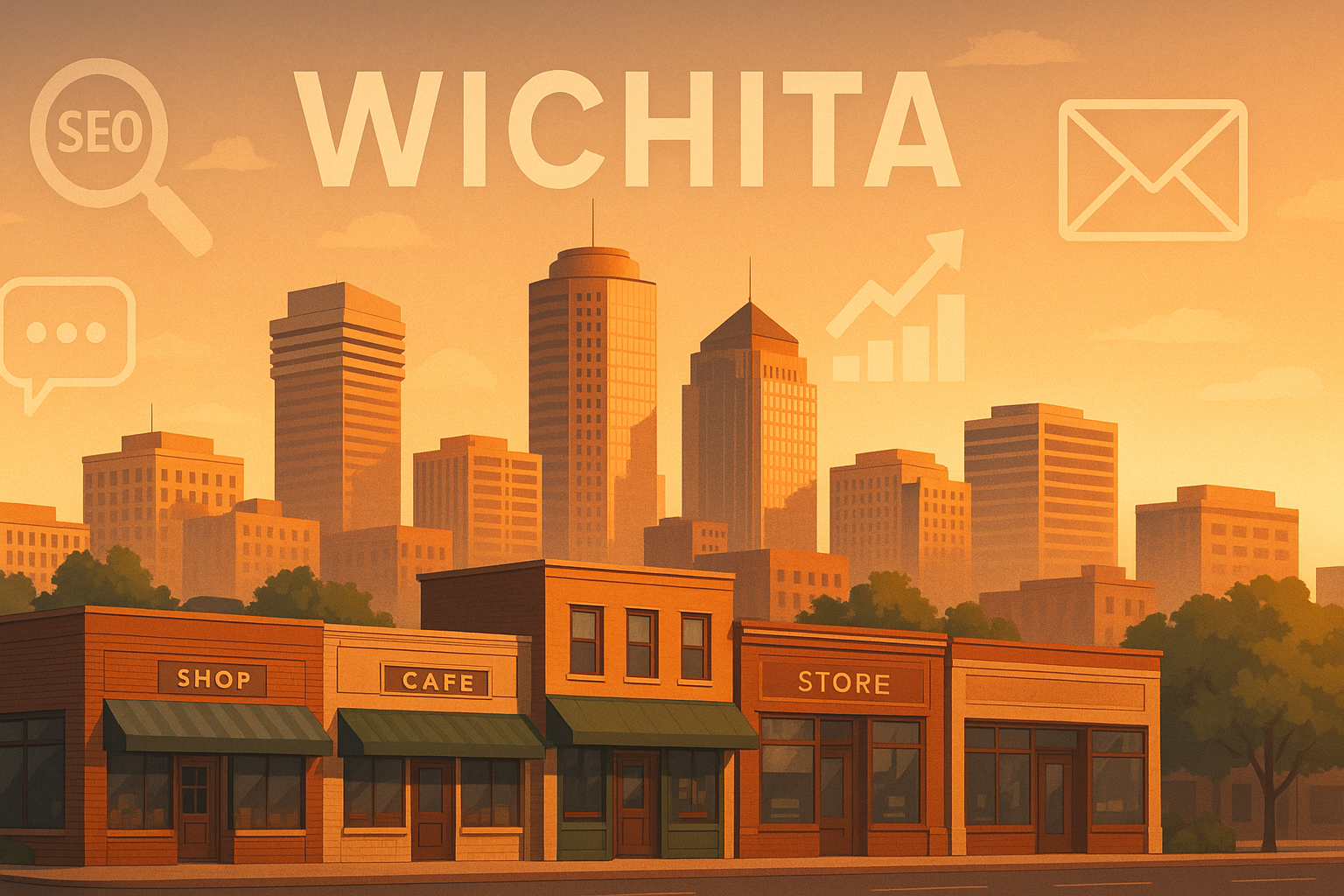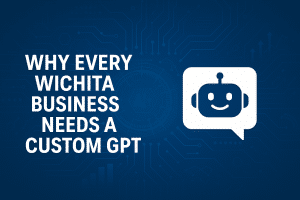Taking the leap and starting a business of your own is a big step. If you’ve made it this far, congratulations. However, you still have a lot of work to go. That’s where we come in. This article will help walk you through the process of building not just a website but building your best website. We’ll cover everything from choosing a service to host your website, developing a catchy and effective domain name, content creation, sales funnels, SEO, image creation, and more. There are going to be hurdles in your entrepreneurial process, and we are here to help you clear them in a single, effective leap. Take advantage of the tools, tips, and expertise given in this article and your best website will be up and running in no time at all.
Figure out your “Why?”
The first step in creating your website is quite possibly the hardest. Fortunately, if you have already laid the foundation of your business, you should have a pretty solid answer to this question already. The question, of course, is “Why?”. Why are you creating a website? Why are you starting a business of your own? Is it to gain more financial freedom? Freedom with your time? What products or services are you selling? How much do you need to sell? To whom?
Unfortunately, “Why?”, is a very loaded question. However, that doesn’t mean that it needs to be an extremely difficult question to answer. The importance of asking yourself “Why?” stems from the simple fact that everyone who visits your website is going to be asking themselves this same question. You need to make sure that your website is designed with those questions in mind so that they can easily be answered.
Figure out a Domain Name
A Domain Name is a simple, but very important component of your website. It is a unique identifier that not only helps create your web address but is something that users will remember and, hopefully, communicate to others. Your domain name is a very important decision. For one thing, your domain name needs to be simple, something that is easy to remember and not too complicated to type into a search bar. On the other hand, your domain name needs to be unique, something that people are apt to remember and that stands out from every other website.
This doesn’t mean that your domain name needs to be something clever and incredibly creative. In fact, your domain name can be something as simple as your business name. However, you should be aware of the fact that there is a good chance that your first choice has already been taken. That’s where the creative element comes into play. Can you find a more creative way to establish a different domain name rather than just calling your website www.businessname123.com. Adding numbers to your desired domain name is not a wise strategy. Instead, find additional words and phrases that can help your domain name pop.
Choosing a Host Service
This is a tricky step for first-time website owners. There are tons of options for domain hosting out there. Odds are you’ve seen endless commercials and advertisements for websites like GoDaddy, WordPress, Monster, SquareSpace, and more. How do you know which one to choose?
To start, you have to understand what it is that a Host Service does. They do not manage your website for you. What they do, however, is provide your domain with a place from which to operate. The Host Service acts as more of a backend platform that provides the tools for you to get your website operational and launched on the world-wide-web. Without a hosting service, your domain name is just a random series of letters and numbers.
To choose the appropriate host service, you need to shop around. Take a look into the services that have caught your eye and weigh your options. What tools and plugins does each provide? What are the costs? Weigh these factors and then choose the service that best fits your budget and expertise. Each service provides its own unique set of creation and analytical tools that can be tailored to your unique business.
Page Building
Think of the domain name and the host service as the foundation of your website. They may not be the flashiest and most exciting bits of your website, but they are what supports all of those flashy and exciting bits. Once you have them locked down, you can begin to build.
Depending on which host service you choose, you may instantly have thousands of personalized design options at your fingertips. Or, you may quickly need to hire a web design specialist for a more customized approach. Whichever way you see fit, make sure that you are consciously involved in the page building process. Your input matters, because you are the only person qualified to understand what you want and what you hope your customers will want from your website and business. Make sure that pages are organized in an easy to navigate manner, and that you lay the building blocks for your sales funnel in your page creation, building, and organization.
Creating Your Content
Content is king. If you want your website to be more than just a generic search page, you need to make sure that your content is created with the intent to stand out. This doesn’t mean it has to stand out in a flamboyant or energetic way, but that it should stand out because it either says something that others aren’t saying, or it says something better than others are saying it. What kinds of content your website puts out are up to you, but you are responsible for making sure that you are only putting out content that reflects the best of your abilities. Anything less is a disservice and a crippling blow to your website. Make sure that you are creating content that is engaging and that you would want to read.
The Sales Funnel
A key aspect to remember about your content, and your website in general; is that at the end of the day, its purpose is to generate sales. The nature of what you’re selling doesn’t matter, because the endgame is the say. Your website should encourage visitors to seek further information about your products and services, and ultimately to buy them for their own benefit. If your website is not doing this, you need to rethink your sales funnel.
Make sure that you are not selling too hard right off the bat. Nobody wants to be bombarded with ads and links on your homepage. Remember that the sales funnel is first and foremost a funnel. It should start with broad strokes, suggestions, and questions that formulaically lead the visitor to a sales page where the hard-sell can be appropriately made. When designing your website, you need to think broadly about how each page interacts with the next.
Testing 1,2,3
Okay, your website is all put together. You have a killer domain name, an affordable and advanced hosting service, you’ve created some ground-breaking content, and your sales funnel is all set up. But, your website is slow. And your website crashes frequently. And your links don’t always work. You have a problem.
Make sure that your website is not just fully furnished, but in good, working condition before you launch. A common mistake is for people to test their websites on their own laptops and call it good. However, not all internet connections and devices are the same. Make sure that you are utilizing the Host Service’s testing tools, as well as a variety of independent speed and connection quality websites that can be found online. Make sure that your visitors are only seeing the best of what you have to offer.
Publishing
Your website is created and filled with high-quality content? Check. Your website has been tested and your loading speeds are superb? Check. Then you are ready to publish. Take your website live and start the ever-agonizing yet rewarding process of website management. Unfortunately, just creating your website is only half of the battle. While it is often the most daunting, it is not the final step. Now begins the process of getting visitors to your website and continually tweaking it to meet both your and their needs. You must also continue to create and add quality content so as to keep user interest up.
Getting the Word out on Social Media
If your business already has a social media profile, you’re off to a good start. Social Media is a quick, affordable, and efficient means of getting the word out. If you already have a following on either your personal or professional account, you can generate traffic to your website quickly. However, if you are truly starting from scratch, don’t sweat it.
Social Media Platforms such as Facebook offer easy-to-use services that can be tailored to the exact markets you intend to reach and marketing campaigns that fit both your style and budget. These tools can help you grow a social media following quickly, but they can also be used to generate traffic to your website in a quick and easy manner. Facebook, Instagram, and Twitter all offer tools that can automatically or quickly deploy the content produced for your website onto your social media profiles.
Getting the Word out on Search Engines
While Search Engines provide tools that are similar in design and implementation to those of social media platforms, there is an easier way to get the word out on platforms such as Google and Bing. This process is called Search Engine Optimization, or SEO, for short. SEO is a process by which you can refine your content and website to make it more appealing to Search Engines. This means that those Search Engines will rank your content higher on a Search Page, are more apt to recommend it, and that your content is kept to the highest quality standards. The best part is, most Host Services offer built-in SEO programs or plugins that can help you climb the Search Engine ladder in no time.
Continued Maintenance
Creating a website, promoting it, and SEO are not one-time deals. Rather, they are a cyclical process that helps keep your website running as smoothly as possible over a long period of time. The good news is that once you begin this process, you hardly ever have to restart it from scratch, save for times of major redesign or inconsistency on your part. While it may be time-consuming at the start, continuous SEO and promotion not only keep your follower base growing, but they continue to tap into and draw from your existing customer base. Continued maintenance is crucial for any healthy site.
Keeping it Relevant
Make sure that you are continuing to update your styles and content topics just as relevant as your backend management. Visual styles and layouts that feel dated are surefire turnoffs for new visitors. Content that feels repetitive or outdated to your competitor’s content is also a surefire turnoff. Make sure that you are researching and keeping yourself up to date and new-trends and techniques that are prevalent in your industry. Keep your website relevant and you will help keep your traffic levels consistent.
Make it Pop
Don’t be afraid to be bold with your visual or content choices. It is good to have images, logos, and titles that stick in the mind of your visitors. However, make sure that your bold, popping, visual choices are consistent across pages, menus, and whatever other content your website serves as host to. Make sure that your brand bops, but that there is still a clearly identifiable design that exists between everything your website has to offer.
Conclusion
Creating and managing your website does not need to be an excruciating process. By taking advantage of existing host services, you can unlock a multitude of design options that will not only make your website pop, but that can help create your sales funnel. Couple this website with social media advertising and regular SEO and you can establish your business as a dominant force on the internet with minimal headaches.
Featured Image:
Image by from purwakawebid Pixabay






